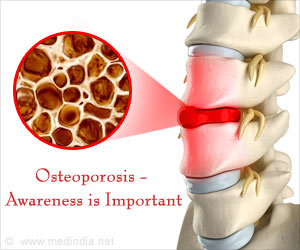Australian scientists have identified a brain region that could be crucial in the development of the Alzheimer’s disease.
Australian scientists have identified a brain region that could be crucial in the development of the Alzheimer’s disease - the temporal inferior cortex, connected to the hippocampus.
They found a build-up of deposits of the protein amyloid-beta in the temporal inferior cortex a precursor to the dreaded disease. The discovery could help enable early detection and appropriate intervention strategy. The findings have been published in Neurology.Alzheimer’s is characterised by two factors: a build-up of amyloid-beta plaques in the brain, and a loss of neurons.
CSIRO’s Preventative Health Flagship Theme Leader, Dr Cassandra Szoeke, said the puzzle for researchers was that the parts of the brain that had shrunk (atrophied) due to neuron loss were not the same as those showing increased deposits of amyloid-beta.
Using MRI scans to study Alzheimer's disease-affected brain tissue, the researchers found that shrinking (atrophy) of the hippocampus was associated with plaque deposits in the temporal inferior cortex.
The results indicate that the increased accumulation of amyloid in the temporal inferior cortex disrupts connections with the hippocampus, causing the neurons to die.
"By helping to better understand the mechanisms involved in the progression of the disease, the study may guide the development of new strategies for early diagnosis," Dr Szoeke said.
The research was conducted under the umbrella of the P-Health Flagship’s Collaboration Fund Cluster. The Australian Imaging, Biomarkers and Lifestyle Flagship Study of Ageing (AIBL) Study is being undertaken by CSIRO, the University of Melbourne, Edith Cowan University, Neurosciences Australia and the Mental Health Institute of Victoria.
GPL
 MEDINDIA
MEDINDIA

 Email
Email








